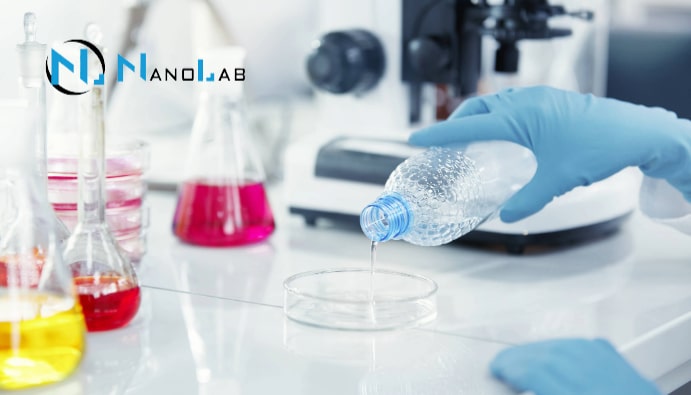
BLOG
KATEGORİDEKİ DİĞER YAZILAR

Spring water can be bottled and sold commercially for direct consumption or used for therapeutic purposes in the health and spa sector.
Drinking water can be used for domestic use as drinking water, tap water, for cooking and cleaning. It is also used in food, pharmaceutical and various industrial processes.
Water is a substance that absorbs ultraviolet (UV) rays due to its structure. The composition and quality of water is affected by UV rays. UV absorption is related to the nature and concentration of water substances and the optical properties of water.
What are the Conditions Affecting Water Quality and UV Absorption?
It is a test method for the determination of UV absorption at 254 nm in spring and drinking water. Absorbance at a wavelength can be linearly proportional to the concentration of any substance in the water as it absorbs light of that wavelength. Absorbance measurements are therefore common in laboratory and field studies.
The measurement process is as follows:
It is an important parameter for measurement throughout the drinking water treatment process. In particular, it can be used to determine the concentration of organic matter containing aromatic rings or unsaturated bonds in their structure.
As Nanolab Laboratories Group, we serve with our expert and authorized team in Absorbance (at 254 nm) Determination. You can also read our article on Light Transmittance in Seawater / Well Depth and Well Water Analysis.
For more information visit our website: https://www.nano-lab.com.tr/
You can follow us on LinkedIn for up-to-date news and posts about our services.
Follow our Instagram account to be informed about our latest blog posts.